The Ministry of Agriculture, Food and Environment (Magrama) on last Thursday approvedthe declaration of 39 spaces for the protection of birds in marine waters, which are incorporated into the European network Natura 2000 as Special Protection Areas for Birds (SPAs ).
With this ministerial order, published Thursday in the Official Gazette, an area of 50,000 square miles protected, the 8% of the Spanish sea surface, which, according to the Spanish Ornithological Society (SEO / Birdlife), places Spain at the European leader in marine protected area.
The protection of these new 39 spaces, for which the Magrama must approve the respective management plans within two years, is the result of research work carried out in the last ten years on two projects “Life +”, co-financed by the European Unionwhich, allowed to collect the information necessary to establish the natural values of these places.
The ministerial order states new SPAs, in areas around the Spanish coast, as the Estuary of Mundaka, Ogoño-Cape; Islets of portios- Mouro Island; Cape Peñas; the Candelaria-Punta Ortigueira Estuary-Stake Bars; Coast Ferrolterra-Valdoviño; Costa da Morte; Banco de Galicia; Rias Baixas in Galicia; the Gulf of Cadiz; space marine Tinto and Odiel; Cadiz Bay; or the Bay of Málaga-Cerro Gordo.
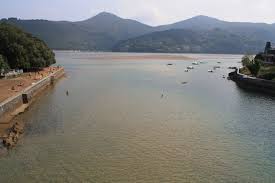
Estuary of Mundaka, Vizcaya
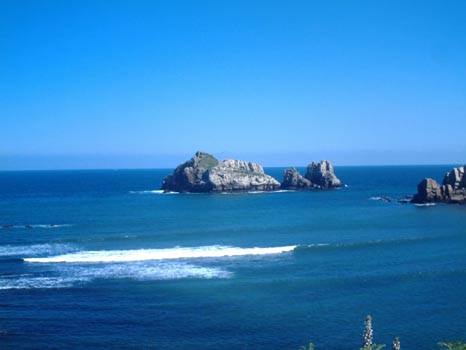
Islets of Portio
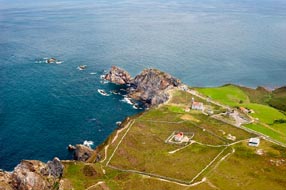
Cape Peñas, Asturias, North western Spain
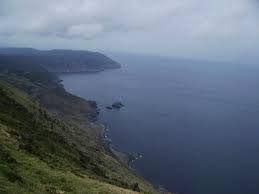
Punta Candelaria - Estuary of Ortigueira - Stake Bars, Galice, North western Spain

Coast Ferrolterra - Valdoviño (La Coruña, Galice)
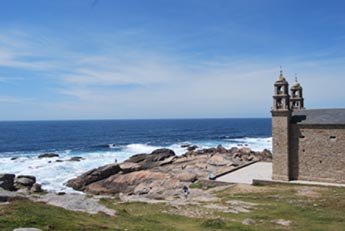
Coast Da Morte (Coast of Death), La Coruña
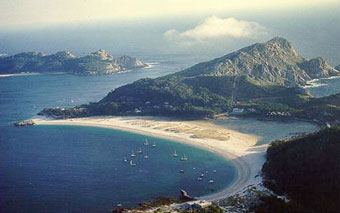
Rias Bajas, South of Galice, North western Spain
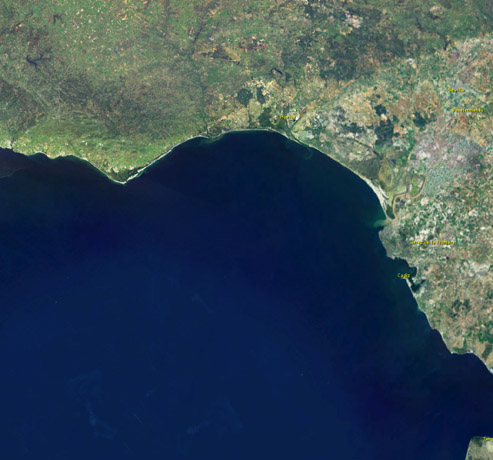
Gulf of Cadiz, Costa de la Luz, South western Spain

The Rivers "Tinto and Odiel", Huelva, South western Spain
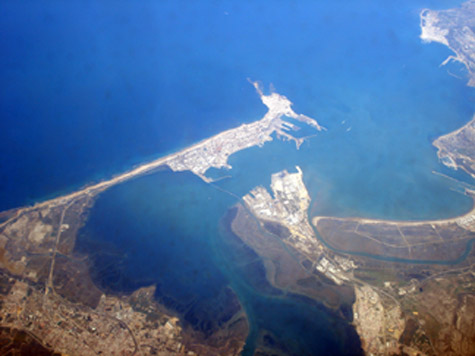
Bay of Cadiz, Costa de la Luz, South western Spain
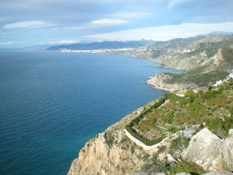
Malaga - Cerro Gordo
They are also a part of the new list: Alboran island; Bay of Almeria; Littoral Islets of Murcia and Almeria; space marine Tabarca-Cabo de Palos; Platform-slope marine Cape Nao; the Delta de l'Ebre-Illes Columbrete; Baix Llobregat-Garraf; and marine spacel'Empordà.
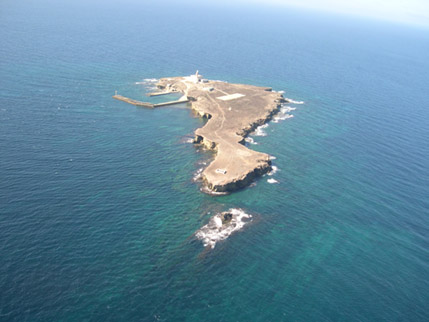
Alboran Island, South western Spain
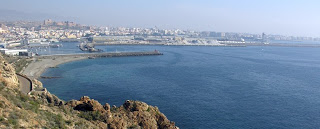
Bay of Almeria, South eastern Spain
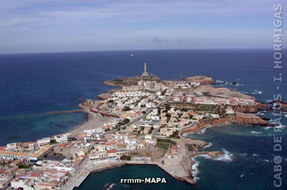
Cape of Palos, Murcia, East of Spain
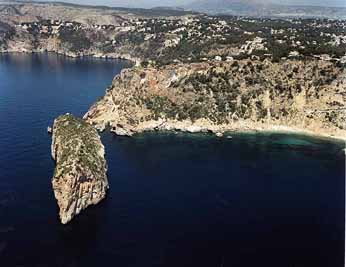
Cape of La Nao, Valencia, Eatern Spain
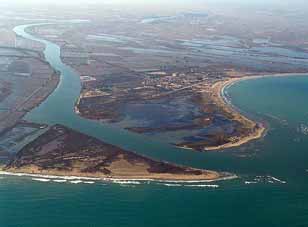
Delta del Ebro, North eastern Spain
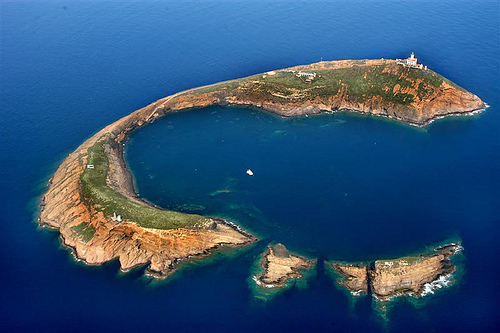
Columbrete Islands, Cataluña, North eastern Spain
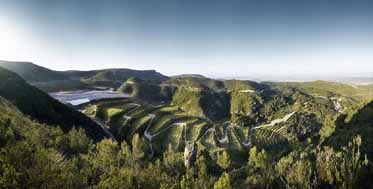
The Natural Park "El Garraf", between the Bajo Llobregat, the Mediterranean Sea and the Penedes Mountains
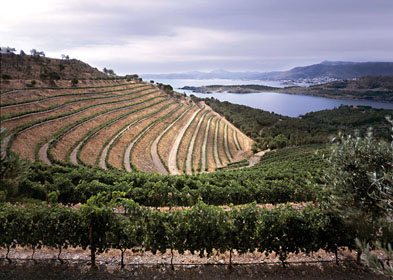
l´Empordá, Gerona, North eastern Spain
The order also includes several marine areas of the archipelagos, such as the marine space of Formentera and southern Ibiza; the west and north of Ibiza; release of Ibiza; southern Mallorca and Cabrera; the west of Mallorca; Northern Mallorca; north and west of Menorca; southeast Menorca; western El Hierro; Roques of Salmor; northern La Palma; and marine space La Gomera-Teno.
Rounding out the list the Cliffs of Santo Domingo and Roque de Garachico; The Mogán- space marine Roque Beach; Anaga marine space; the Mogan-Village; The Labocayna; Islet of Lanzarote; and Bank of the Conception.
All are identified as containing areas of poultry feed in the sea areas adjacent to the main breeding colonies, rest areas at sea or a location near the main marine migratory corridors, according to the BOE areas.
The statement of these 39 protected sites is based on the inventory of Important marine Bird Areas (IBA) in Spain, a compendium of 44 marine sites proposed for protection for their high value for birds and published in 2009 by SEO / Birdlife .
This catalog collected the research conducted by the organization under one “Life+”, launched in 2004, in collaboration with the Ministry of Rural and Marine project.
Then the Life + INDEMARES project (Inventory and designation of the Natura 2000 network in marine areas of the Spanish State), which was extended from 2009 to 2013, has yielded new data have confirmed the importance of all these areas and has established the basis science on which the new SPAs are supported.
The order, which emphasizes that in Spain there is a variety of geographic areas and marine environments, that encourage diversity of seabirds present, indicates that many of these species of birds breed regularly in Spain, and some of them, such as Balearic Shearwater or the Audouin seagull in Spain have their main breeding sites.
The order, which emphasizes that in Spain there is a variety of geographic areas and marine environments that encourage diversity of seabirds present, indicates that many of these species of birds breed regularly in Spain, and some of them, such as Balearic Shearwater or the Audouin seagull in Spain have their main breeding sites.
Furthermore, the document stresses that many other species of birds from northern Europe use Spanish waters during their migrations or during winter, increasing biodiversity.
Spain, which is the European country's land with the largest surface, contributes to the Natura 2000 network, the main instrument for the conservation of biodiversity in the European Union, which includes nearly 30% of the land (15 million hectares), dragging the unfinished to expand marine areas that are included in this Network.
However, this statement is "a milestone in marine conservation", in accordance with the responsible for SEO/Birdlife, Asun Ruiz, who stressed that the methodology to be followed in Spain, until the declaration of new marine SPAs, has become a world leader and is being emulated by other countries that are inventoried sea areas to be protected to safeguard habitats and species.
Ruiz has also be emphasized that this statement should serve to dispel "false myths", about the spaces of the European network “Natura 2000”, and has insisted that, although it is the biggest gamble of Europe for the conservation of biodiversity, "are not conservation sanctuaries”, but places where you can reconcile the conservation and production.
Well, I think that it is a very interesting subject. Do not you think the same than me?.
Till soon, kind regards,
Luis.
Sponsored by Costaluz Lawyers.
Please click here below:
